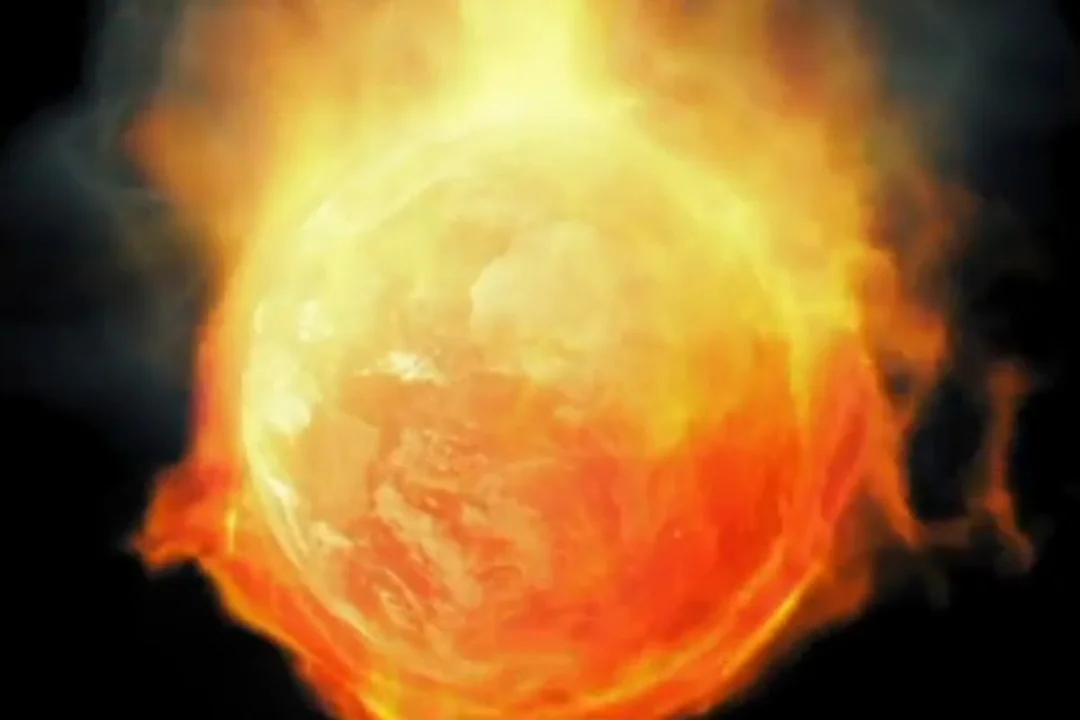
Stephen Hawking’s Chilling 2600 Prediction: Is Earth on a Fiery Path?
Before his passing, the brilliant Stephen Hawking issued a stark warning: Earth, as we know it, might not be habitable by 2600. Is this just a doomsday prophecy, or a scientifically sound prediction? NASA seems to think the latter, aligning with many of Hawking's concerns about resource depletion and unchecked population growth. The question now is: how much time do we really have?
Hawking's Dire Forecast: A Planet Engulfed in Flames
In a 2017 summit in Beijing, Hawking presented his chilling vision. He predicted that by 2600, Earth would become a "giant fireball" due to unsustainable resource consumption. Imagine a planet so densely populated that individuals would be “shoulder to shoulder,” the resources long exhausted. A grim picture indeed.
"By the year 2600, the world’s population would be standing shoulder to shoulder, and electrical energy consumption would make Earth glow red-hot," warned the renowned physicist.

NASA's Validation: A Race Against Time
While NASA hasn't confirmed Hawking's exact timeline, the space agency acknowledges the grave existential risk of resource depletion and environmental degradation. Our current trajectory could accelerate this collapse, bringing significant challenges sooner than projected. The thawing of ancient trees in regions where forests shouldn't exist serves as a stark reminder of our planet's shifting state, thus supporting Hawking's and NASA’s warnings.
Beyond Earth: A Multi-Planetary Future?
Hawking didn't just point out the problem, but he also proposed a solution: interplanetary colonization. He advocated for the Breakthrough Starshot initiative, aiming to send miniature probes to distant star systems. These probes could identify habitable planets, potential future homes for humanity. Space agencies have ramped up the efforts, particularly on Mars. Elon Musk echoed Hawking's space migration theory advocating for Martian colonization as humanity’s insurance policy.
A Wake-Up Call for Humanity
Hawking's estimated timeline gives us roughly 575 years. However, NASA's assessment suggests that things could deteriorate much faster. The environmental degradation we're witnessing today -- deforestation, pollution, rising temperatures -- might be pushing us closer to that doomsday scenario. Investment decisions between Earth-based sustainability versus space-based expansion represent genuine strategic dilemmas about humanity’s future. Nations must decide whether to prioritize immediate climate mitigation or long-term space capabilities that might eventually save our species.
Time is running out. The question remains: How will humanity rise to this challenge? From immediate climate action to investments in space exploration, what path will we choose to secure our future?
What do you think? Share your thoughts and opinions in the comments below.